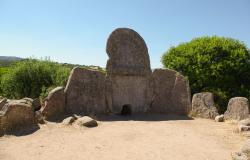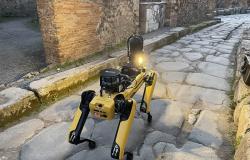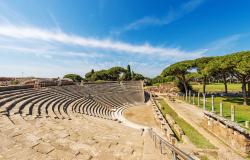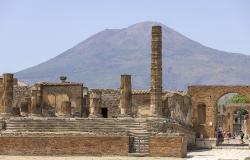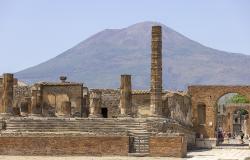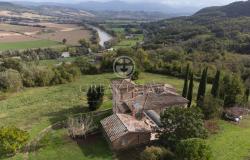Recent excavations at the necropolis of Banditaccia in Cerveteri have unearthed a statue of a lion and an Etruscan tomb.
Italian newspaper ‘Il Messaggero’ reports that a team of archaeologists has uncovered a masterpiece of Etruscan art in the form of the Leone di Cerveteri (Cerveteri Lion). The statue of a crouching lion is made from volcanic tuff and dates to the 6th century BC. The piece is said to be in perfect condition, showing taut muscles and well-defined legs.
The Cerveteri Lion is the first entire lion statue found at the site. It was found at the foot of what experts describe as an altar for funeral rites and was the “guardian” of an extraordinary tomb discovered only a few yards away.
The newly discovered tomb is in the form of an underground rectangular chamber accessed by a monumental staircase. The chamber dates from the 4th to 3rd century BC. The chamber contained some 20 skeletons, of which seven are well preserved.
The tomb also contained 10 stones complete with inscriptions, along with a treasure trove of ceramic and bronze funereal objects. The main burial area belonged to an adult woman and contained the remains of wicker baskets, along with fragments of wool and flax. Experts believe the tomb belonged to a noble family and that the woman was a prestigious figure in her clan.
The Etruscans lived in west-central Italy from the 9th century BC onwards and Etruscan culture reached its height in the 6th century BC. The Cerveteri necropolis in Lazio, Rome developed from the 9th century BC. It contains thousands of tombs that replicate Etruscan town-planning schemes, with streets, squares and neighbourhoods. The tombs vary in kind according to when they were built and family status. Some are tumuli, some trenches cut in rock and other form the shape of houses.


